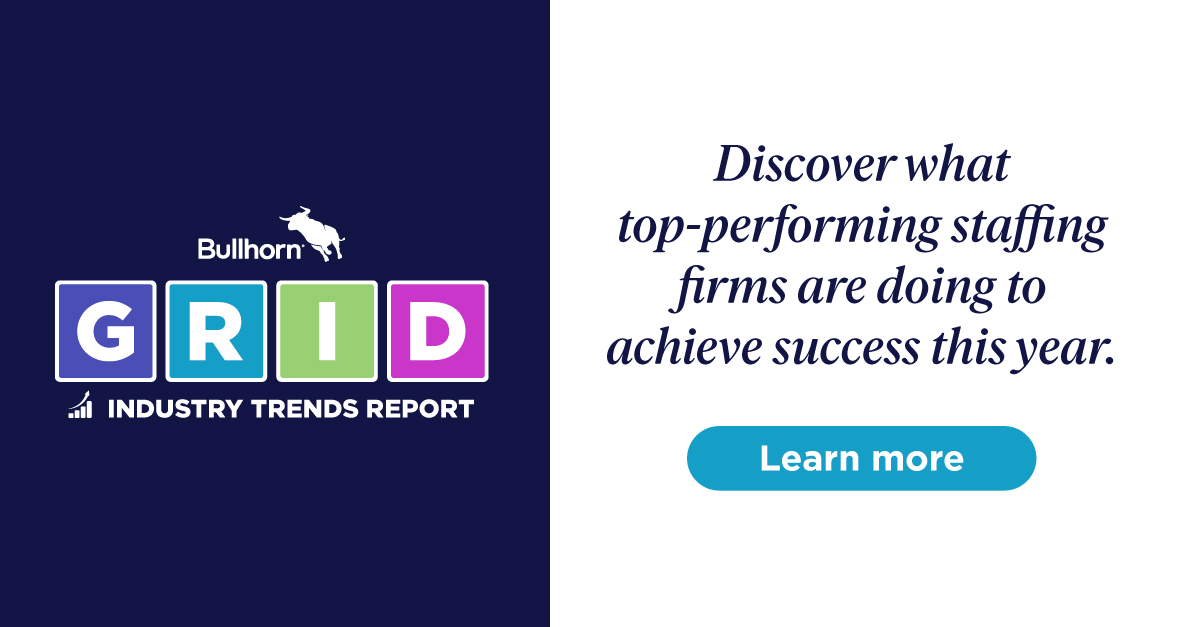The Evolution of Staffing Analytics: How Staffing Firms Used Data Before and After COVID-19

In addition to statewide shutdowns, business closures, and hiring freezes, COVID-19 has also forced the evolution of staffing analytics.
Staffing firms have always depended on both traditional labor market information (LMI) and job posting trends. But before the pandemic, staffing firms largely prioritized traditional LMI. Now, many staffing companies are building their strategies based on job posting trends. There are pros and cons to both kinds of analytics. But with a changing labor market, and plenty of competition, staffing companies can win more contracts and serve clients faster by using multiple sources of data designed specifically for them.
Before COVID: How staffing companies prioritized traditional LMI
The evolution of staffing analytics began with a focus on traditional labor market information (LMI). While LMI is always an excellent resource for staffing companies, it is most beneficial when the economy is stable and relatively predictable (i.e. pre-COVID).
Collected and published by government sources like the BLS, Census, and BEA, traditional LMI is great for measuring the current and historical state of the labor market. It captures nearly all worker activity in the country, offering a full picture of major trends in jobs and wages.
So, let’s say a staffing firm wants to measure current market share in a location and identify new sectors for growth. Using Emsi’s Staffing Snapshot report (powered by LMI), you can calculate the potential market share for your company (or individual teams) in both dollar value and by the number of placements, for any occupation in any market.
For example, let’s say you’re looking to grow in the Chicago MSA. The Staffing Snapshot can show you how much money Chicago-area businesses are spending on staffing and which occupation sectors account for most of that spend.
The Staffing Snapshot breaks it down even further, showing you which occupations within those sectors receive the highest amount of staffing spend. It also shows you the top jobs filled by staffing, the top business sectors spending on staffing, and what other staffing companies you’d be competing against.
As you can see, there are lots of pros to using traditional LMI in staffing strategies. The downside to traditional LMI is that, because it’s part of the government’s standard systems and collection processes, it lacks detail and timeliness. As a result, traditional LMI often leaves us wanting more detail and more current information.
And during a situation like COVID-19, where employer demand shifts daily, timeliness and granularity is critical. That’s where job postings data comes in.
During and after COVID: How staffing companies can use job posting trends
Job postings data is the most up-to-date labor data there is, making it an ideal solution for the current and post-COVID economy. With things changing so quickly, job postings data gives staffing firms a granular, real-time look at which companies are hiring, and for what jobs and skills, in any region over time.
Emsi’s free job posting dashboard offers a high-level overview of what’s going on in the labor market right now. You can track job posting trends by month and compare them to 2019 averages. You can also filter by region, industry, company, job, and skill.
Here are six ways staffing firms can use job postings data during COVID-19 and after:
- Prioritizing which accounts to tackle first
- Prospecting for new accounts
- Aligning territories evenly across their salesforce
- Identifying the ideal types of workers to recruit
- Identifying competing staffing firms
- Determining the total addressable market (TAM) for each market they serve
Like traditional LMI, job postings data has its pros and cons. On the plus side, job postings data is granular and shows real-time trends. On the downside, the number of postings may be either higher or lower than the number of actual hires.
Postings might outnumber hires when a company is working hard to find talent. Or, postings may be significantly fewer than hires because certain types of jobs (i.e. roofers, welders, and other blue-collar jobs) aren’t typically advertised online. When this happens, Emsi deduplicates the postings as much as possible to provide a realistic ratio of unique postings to hires.
Staffing firms that use analytics will thrive in the post-COVID economy
The evolution of staffing analytics has only just begun. To adapt to a post-COVID economy, staffing firms should use analytics to inform their strategies. By understanding how (and when) to use multiple sources of data (e.g. LMI and job postings), staffing firms set themselves up to adapt to and succeed in any economic scenario.
Emsi data integrates with Bullhorn! Learn how to get started.









